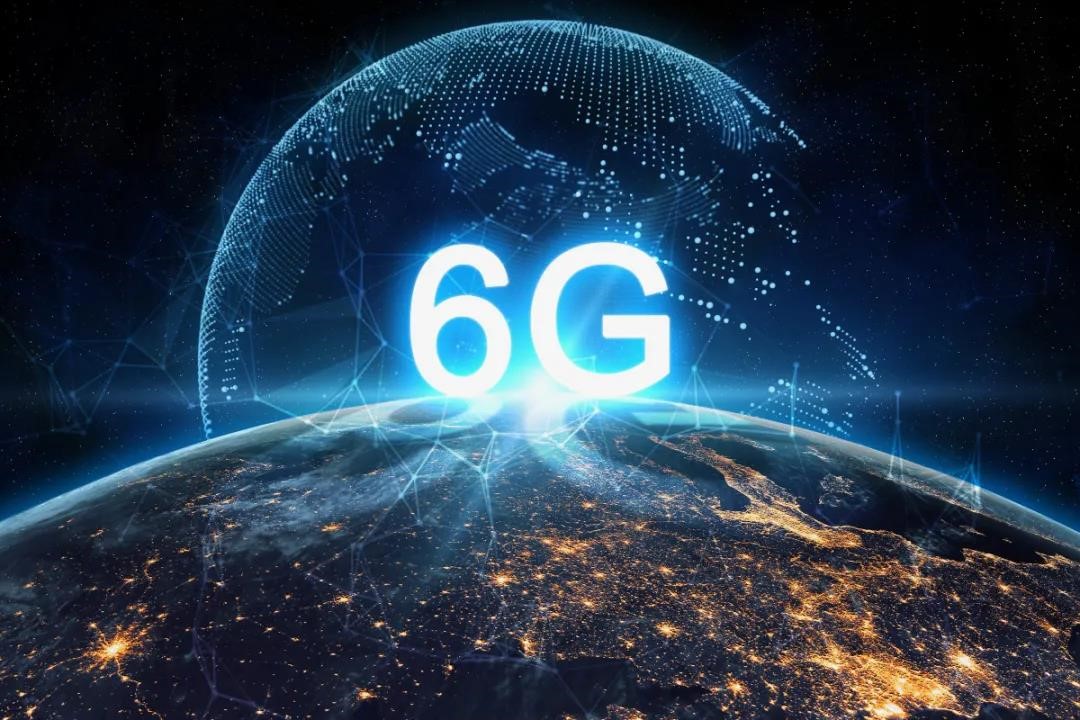The promise of 6G is “Internet of Everything, Bringing Intelligence to Life and Business Environment”.
AT&T Chief Technology Officer Andre Fuetsch recently outlined the vision of 6G wireless technology during the 6G seminar, and its capacity will be 100 times that of 5G.
So what will the future 6G network look like?
Mobile communication technology is constantly evolving, and our desire for bandwidth is still endless.
For example, in an industrial environment, the requirements for latency are getting higher and higher. Therefore, the sixth generation of mobile communications (6G) is introduced.
5 overwhelming characteristics of future 6G networks
01
100 Gbps per second
We have been sharing more and more (video) files over the Internet. For people, the key is to be able to access these downloads anytime, anywhere, and watch the video at the highest possible resolution.
The 6G network will continue the speed-first trend, and the download speed is expected to be no less than 100Gbps. This is 10 times faster than the theoretical download speed of the 5G network and 300 times faster than the current 4G network.
02
100GHz frequency
The higher the frequency, the more available bandwidth. Therefore, in order to achieve these bandwidths, we need to utilize higher radio frequencies.
For example, the frequency of 4G networks is limited to 2.5GHz, while 5G networks operate in the 28GHz and 39GHz frequency bands. Next-generation mobile networks (including 6G) are expected to use frequencies above 100 GHz.
03
Delay of only a few microseconds
The introduction of 5G networks (with a delay of less than 1 millisecond) should have ended these problems.
However, 6G goes one step further in terms of latency, only a few microseconds.
This is especially necessary for the growing Internet of Things (IoT) applications. For example, closed-loop control systems that independently control machines and complex industrial processes based on real-time sensor data, or time-sensitive medical IoT applications, etc.
04
10 million connected devices per square kilometer
The capabilities of the Internet of Things are determined by the number of connected sensors and devices. There is also a huge growth expected here.、
The connection density of today’s 4G networks is about 100,000 devices per square kilometer.
5G has done better, and 1 million devices can be connected per square kilometer. With the introduction of 6G networks, 10 million connected devices per square kilometer are already within reach.
05
Energy consumption less than 1 nanojoule per bit
As mentioned earlier, 6G networks will have to rely on higher frequencies to support higher bandwidth requirements. But the problem is that the underlying chip technology has not yet been able to operate in an energy-efficient manner in these frequency bands, and energy efficiency is one of the main challenges for the telecommunications industry.
Ericsson recently stated in a report that the energy consumption of mobile networks may increase dramatically, even at the expense of the environment and the total deployment cost of the network.
However, the telecommunications industry has not let this situation go. According to telecom operator Orange, the introduction of new technologies and software can reduce the energy consumption of 5G networks by 10 times (per gigabit transmission) by 2025 compared to 4G. By 2030, this may even become 20 times.
In contrast, today’s efforts to improve the energy efficiency of mobile networks have been offset by the rapidly increasing amount of data. For years, data centers have been engaged in similar struggles-fiber optic connections need to process as much data as possible while maintaining high energy efficiency.
The research goal of 6G is to reduce its energy consumption to less than 1 nanojoule (10-9 Joule) per bit.

(This article is excerpted from the Internet, if there is any infringement, please contact to delete it!)



